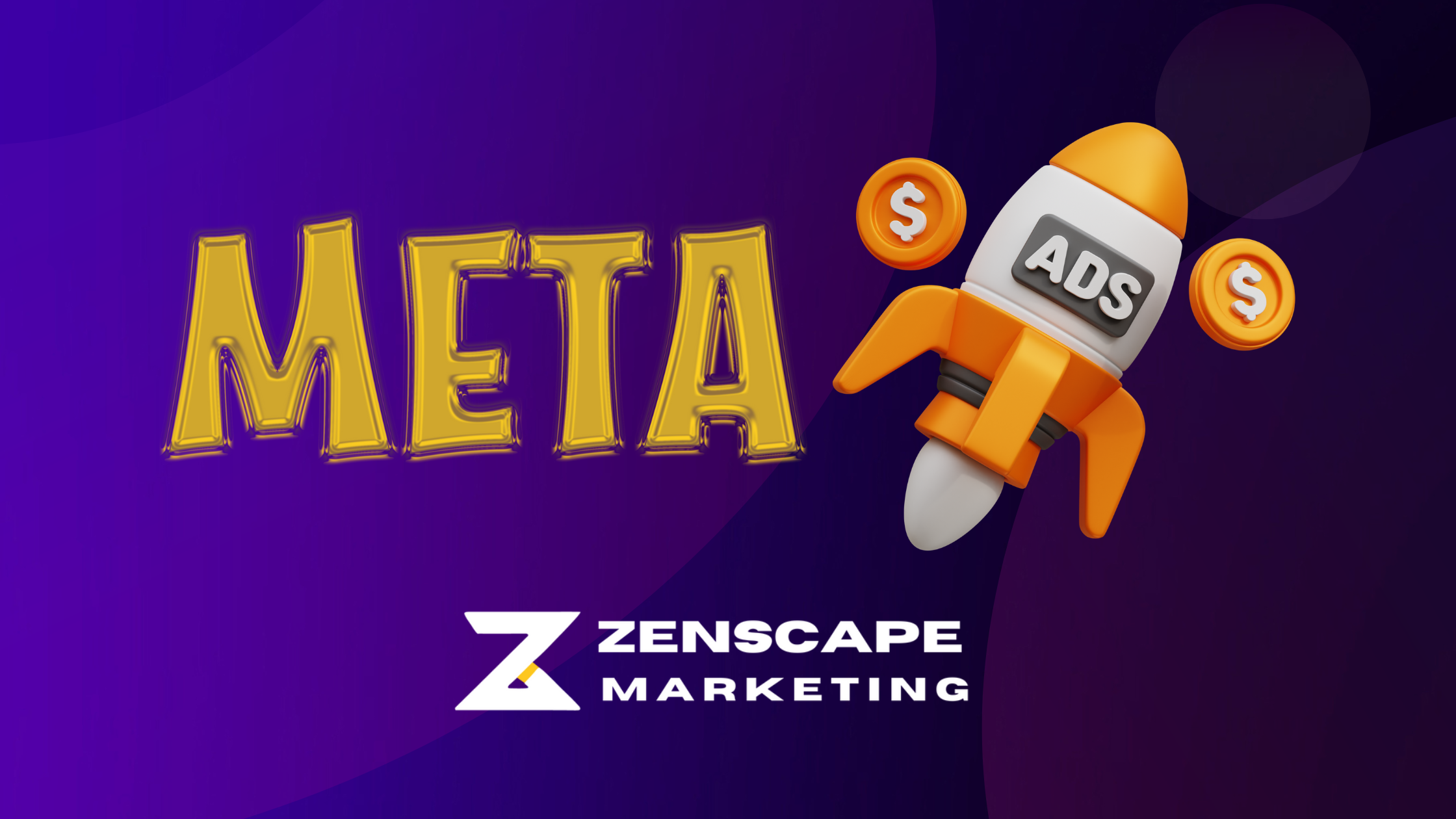In today’s competitive digital landscape, leveraging the power of Meta Ads (formerly known as Facebook Ads) is crucial for ecommerce businesses aiming for exponential growth.
Understanding the Power of Meta Ads
Meta Ads, encompassing both Facebook and Instagram advertising platforms, provide an array of features for targeted marketing. They allow businesses to reach users across various stages of the buying process—from awareness to conversion and retention. Here’s why using Meta Ads is a game-changer for ecommerce growth:
– Precision Targeting: Utilize demographic, geographic, and psychographic data to reach a highly specific audience.
– Cost-Effectiveness: Implement budget controls and automated bidding strategies to maximize ROI.
– Diverse Ad Formats: From carousel to video, leverage diverse ad formats to engage customers effectively.
– Robust Analytics: Measure performance and adapt your strategy in real-time.
Key Strategies for Ecommerce Meta Ads
1. Craft Irresistible Ad Creatives
An ad is only as good as its creative. Ensure that your visuals and copy are compelling and tailored to your target audience. Incorporate the following tips:
- High-Quality Imagery: Use professional, high-resolution images that resonate with your audience.
- Engaging Videos: Short, captivating videos that convey your message can significantly boost engagement.
- Consistent Branding: Ensure that your ads align with your brand’s visual identity and messaging.
- Persuasive Copy: Use concise, action-oriented language. Highlight unique selling points and benefits.
2. Harness the Power of Audience Segmentation
Audience segmentation allows you to deliver personalized experiences, improving engagement and conversion rates. Meta Ads provide several ways to segment your audience:
- Custom Audiences: Use data from your CRM, website traffic, or app activity to create highly targeted custom audiences.
- Lookalike Audiences: Expand your reach by creating lookalike audiences similar to your best customers.
- Behavioral Targeting: Target users based on their online behavior, such as their purchase history or browsing habits.
3. Retargeting for Conversion Rate Optimization
Retargeting is essential for converting users who have interacted with your brand but haven’t made a purchase. Implement these tactics:
- Dynamic Product Ads: Show users customized ads featuring products they’ve viewed or added to their cart.
- Cross-Selling and Up-Selling: Promote complementary or premium products to existing customers.
- Abandoned Cart Reminders: Use retargeting to remind users of the items left in their cart, encouraging them to complete the purchase.
4. Optimize Your Ad Spend with A/B Testing
A/B testing, or split testing, is crucial for optimizing your Meta Ads campaign. By testing different elements, you can identify what works best for your audience. Consider the following aspects for A/B testing:
- Ad Copy: Test various headlines, descriptions, and call-to-actions (CTAs).
- Visuals: Compare the performance of different images, videos, and other visual elements.
- Audience Segments: Experiment with different audience segments to find the most responsive groups.
- Ad Placement: Evaluate the efficacy of various ad placements, such as Facebook Feed, Instagram Stories, and Audience Network.
5. Leverage Automated Rules and Dynamic Ads
Automated rules and dynamic ads can save time and improve efficiency, ensuring your ads are always optimized for performance. Integrate these tools into your strategy:
- Automated Rules: Set up rules to automatically adjust your ad spend, pause underperforming ads, and scale high-performing ones.
- Dynamic Ads: Use dynamic ads to automatically show the right product to the right customer based on their preferences and behavior.
6. Utilize the Facebook Pixel for Deep Insights
The Facebook Pixel is a must-have tool for any ecommerce business using Meta Ads. It tracks user interactions on your website, providing valuable data for optimizing your ads. Here’s how to maximize the Facebook Pixel:
- Track Conversions: Measure actions like purchases, sign-ups, and form submissions to gauge ad effectiveness.
- Retarget Visitors: Use the pixel to retarget website visitors and convert them into paying customers.
- Optimize Ad Delivery: Leverage pixel data to optimize ad delivery for specific actions, such as purchases or leads.
7. Measure and Adjust Campaign Performance
Continuous monitoring and adjusting of your Meta Ads campaigns are vital for sustained success. Use these metrics to evaluate and refine your strategy:
- Click-Through Rate (CTR): Indicates how compelling your ad is and if it resonates with your audience.
- Conversion Rate: Measures the percentage of users who completed a desired action.
- Return on Ad Spend (ROAS): Calculates the revenue generated for every dollar spent on ads.
- Cost Per Acquisition (CPA): Determines the cost of acquiring a new customer, helping you manage your budget effectively.
Conclusion
Incorporating these Meta Ads strategies into your ecommerce business can significantly enhance your growth trajectory. Consistently create compelling ad creatives, segment your audience, leverage retargeting, utilize A/B testing, employ dynamic ads, integrate the Facebook Pixel, and continuously measure and adjust your campaigns for optimal performance.
At Zenscape, we’re committed to helping ecommerce businesses achieve remarkable growth through our comprehensive digital marketing solutions. Ready to take your Meta Ads strategy to the next level?
Call to Action
Click here to schedule a free consultation with one of our specialized team members to discuss how we can tailor these strategies to your unique business needs.
Discover the Zenscape difference and steer your ecommerce business towards unparalleled growth! Schedule your consultation now.
Start implementing these robust strategies today and watch your ecommerce business thrive!


